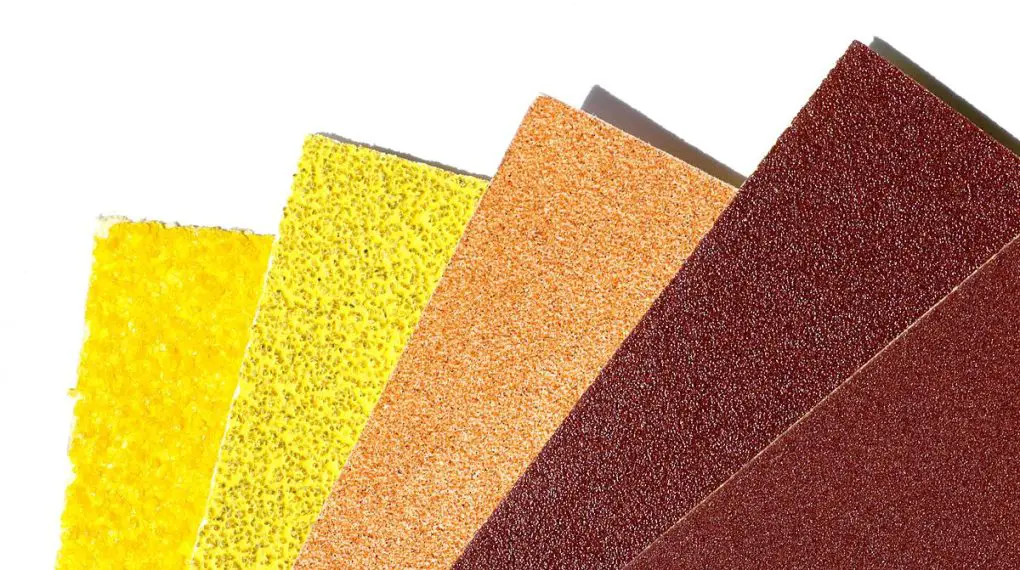Understanding how to use sandpaper on wood is essential for anyone who is looking to bring life back to an old piece of furniture or give a new creation that final, polished look. In this guide, you’ll learn how to do just that—step by step.

How to Use Sandpaper on Wood: What You’ll Need
- Sandpaper (various grits)
- Wooden object
- Dust mask
- Eye protection
- Cloth or tack cloth
- Wood finish or paint (optional)
Understanding Sandpaper Grit
The first step in learning how to use sandpaper on wood is understanding the different types of grit available. Sandpaper comes in various grits, generally ranging from 40 (coarse) to 2000 (ultra-fine). Lower grit numbers indicate a coarser sandpaper that will remove more material, while higher numbers are finer and will result in a smoother finish.
Step 1: Safety First
Before you begin, make sure you’re wearing a dust mask and eye protection. Sanding wood produces dust particles that can be harmful if inhaled or if they come into contact with your eyes.
Step 2: Choose the Right Sandpaper
Based on the condition of your wood and the desired finish, choose the right sandpaper grit. Start with a coarser grit if you need to remove material or paint, then gradually move to finer grits for a smoother finish.
Step 3: Prepare the Wood
Clean the wood surface with a dry cloth or tack cloth to remove any dust or debris. This will allow the sandpaper to make direct contact with the wood for effective sanding.
Step 4: Sanding Technique
Hold the sandpaper flat against the wood surface. Apply even pressure and move the sandpaper in the direction of the wood grain. Moving against the grain can scratch your wood. Sand the entire surface evenly.
Step 5: Check Your Work
After sanding, inspect the wood to ensure you’ve achieved the desired smoothness. If necessary, repeat the sanding process using a finer grit sandpaper.
For more articles on sanding, click here: Sanding: Your Full-Circle Guide to Smooth Mastery
Step 6: Final Touches
Once you’re satisfied with the smoothness, wipe down the wood with a tack cloth to remove any lingering dust. Your wood is now ready for staining, painting, or sealing.
How to Use Sandpaper on Wood: Conclusion
Now that you know how to use sandpaper on wood, you’re ready to tackle any wood project with confidence. Remember to always prioritize safety and to work your way up from coarser to finer grits for the best result.